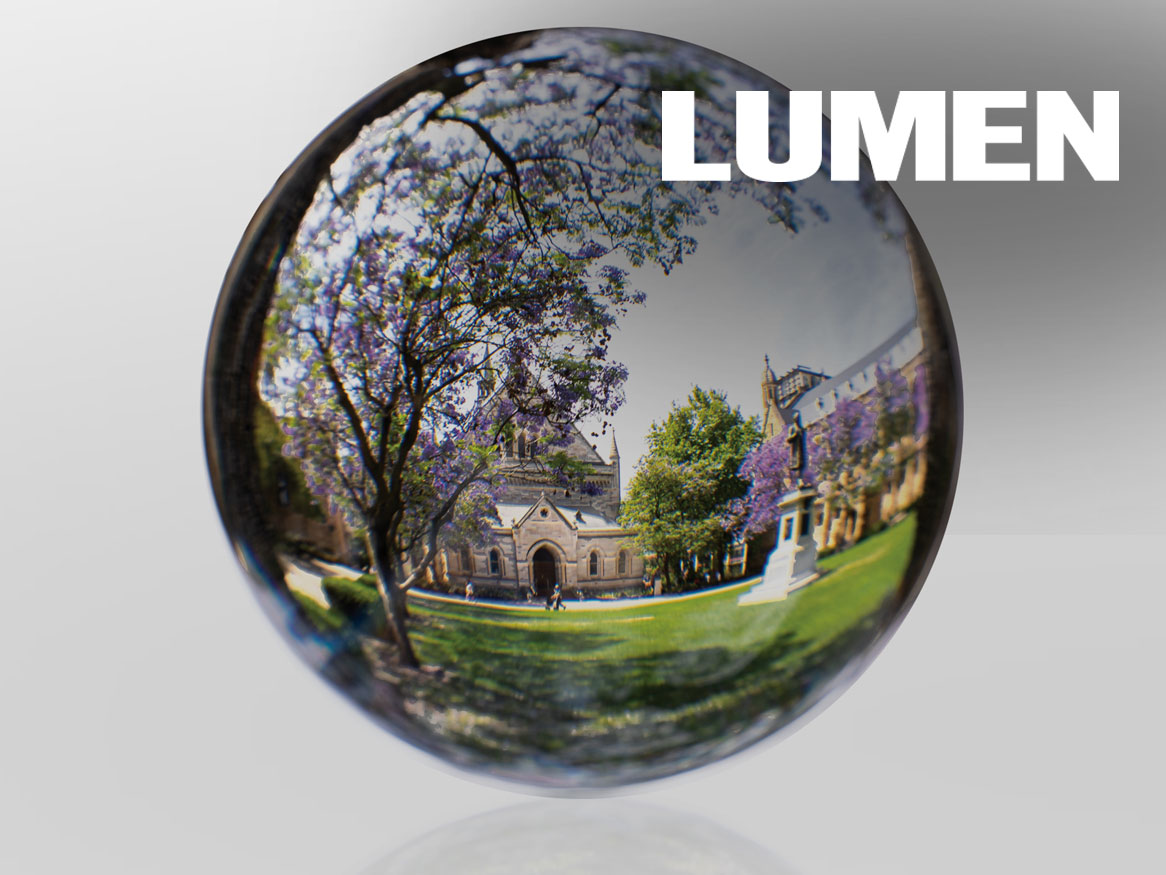40-year Adelaide search for Einstein's gravitational waves
Un-highlight search terms Friday, 12 February 2016

A global team of researchers, including at the University of Adelaide, have for the first time detected gravitational waves─ripples in space and time caused by cataclysmic events in the distant universe that were predicted by Einstein in his general theory of relativity 100 years ago.
The gravitational waves detected were produced during the merger of two black holes to produce a single, more massive spinning black hole over one billion years ago. Scientists say this opens an unprecedented new window into the cosmos and will create a new field of astronomy.
The discovery, accepted for publication in the journal Physical Review Letters, was made by the LIGO Scientific Collaboration (which includes the Australian Consortium for Interferometric Gravitational Astronomy (ACIGA)) and is the culmination of decades of research and development in Australia and internationally.
“The Advanced LIGO detectors are a technological triumph and the discovery has provided undeniable proof that Einstein’s gravitational waves and black holes exist,” says Associate Professor Peter Veitch, Head of Physics at the University of Adelaide.
“I have spent 40 years working towards this detection and the success is very sweet. We are on the threshold of a potential revolution in which gravitational astronomy could dramatically change our understanding of the universe and its evolution.”
The University of Adelaide developed and installed ultra-high precision optical sensors used to correct the distortion of the laser beams within the LIGO detectors, enabling the high sensitivity needed to detect these minute signals. As well as Associate Professor Veitch, the current Adelaide team includes Professor Emeritus Jesper Munch, Associate Professor David Ottaway and Dr Won Kim.
“We’ve been assisting with the assembly and operation of the detectors and one of our PhD students, Elli King, was working at the LIGO Hanford Observatory when the gravitational wave was discovered. She was part of the team that conducted the exhaustive checking to make sure that signal was genuine.”
The gravitational waves were detected on 14 September, 2015 at 5.51am eastern daylight time in the USA by both of the twin Laser Interferometer Gravitational-wave Observatory (LIGO) detectors, located in Livingston, Louisiana, and Hanford, Washington. The LIGO Observatories are funded by the National Science Foundation (NSF), and were conceived, built, and are operated by Caltech and MIT. LIGO research is carried out by the LIGO Scientific Collaboration (LSC), a group of more than 1000 scientists from more than 90 universities around the world.
Australian scientists from the University of Adelaide, Australian National University (ANU), the University of Melbourne, the University of Western Australia, Monash University and Charles Sturt University contributed to the discovery and helped build the super-sensitive instruments used to detect the gravitational waves.
ACIGA leader, Professor David McClelland from ANU, said the observation would open up new fields of research to help scientists better understand the Universe.
“To detect it, we have built the largest experiment ever─two detectors 4,000 kilometres apart─with the most sensitive equipment ever made, which has detected the smallest signal ever measured,” Professor McClelland says.
Watch a video about the research here.
Contact details
Email: peter.veitch@adelaide.edu.au
Website: http://www.adelaide.edu.au/directory/peter.veitch
Head of Physics
School of Physical Sciences
The University of Adelaide
Mobile: +61 (0)422 906 827
Emeritus Professor Jesper Munch
Email: jesper.munch@adelaide.edu.au
School of Physical Sciences
The University of Adelaide
Business: +61 8 8313 3526
Mobile: +61 (0)403 156 711
Media Team
Email: media@adelaide.edu.au
Website: https://www.adelaide.edu.au/newsroom/
The University of Adelaide
Business: +61 8 8313 0814







